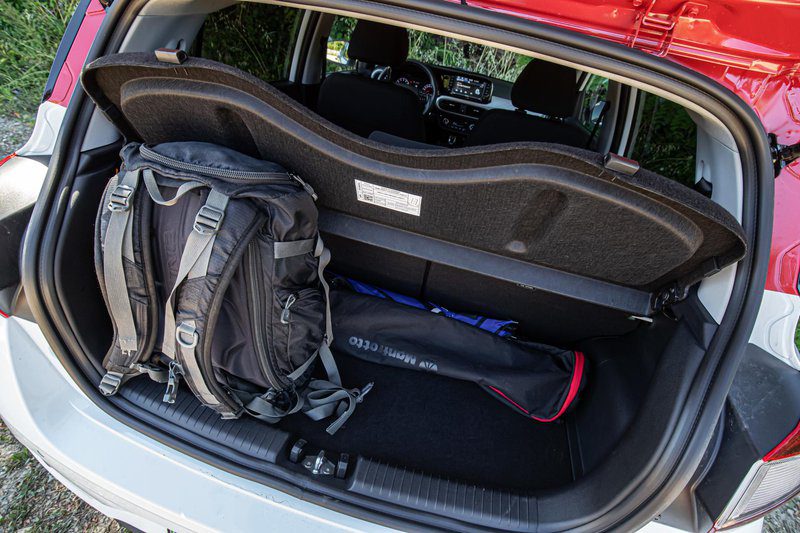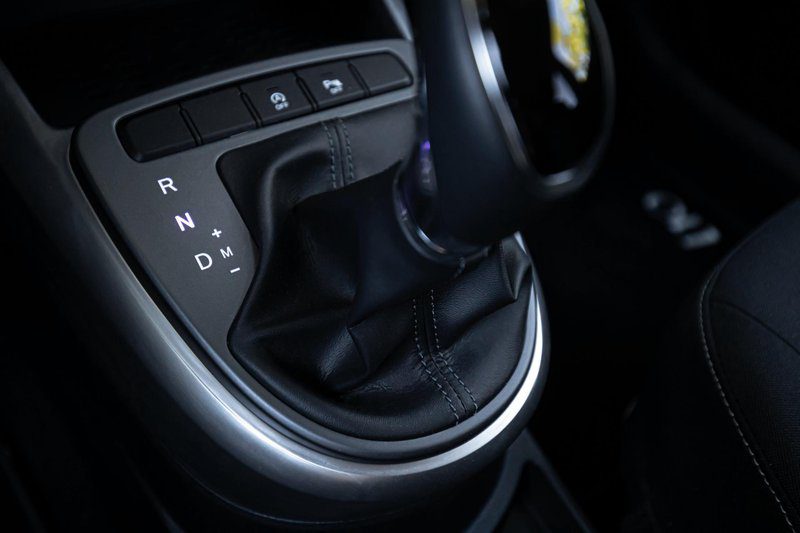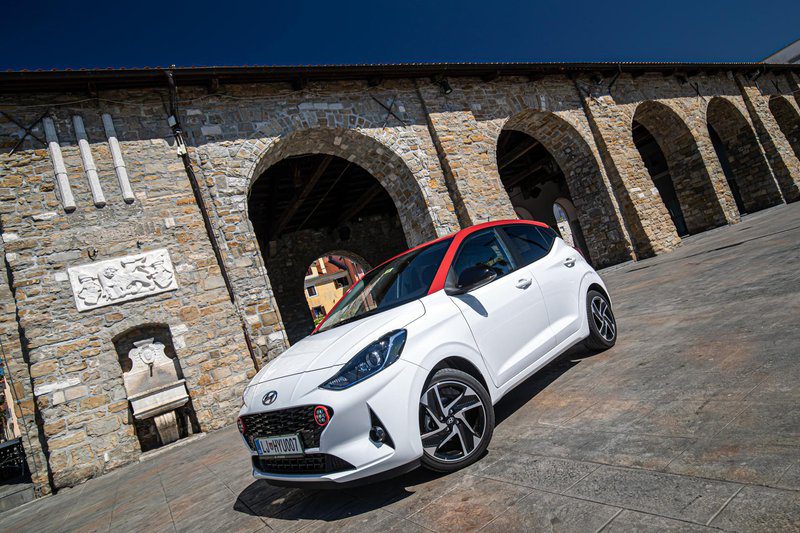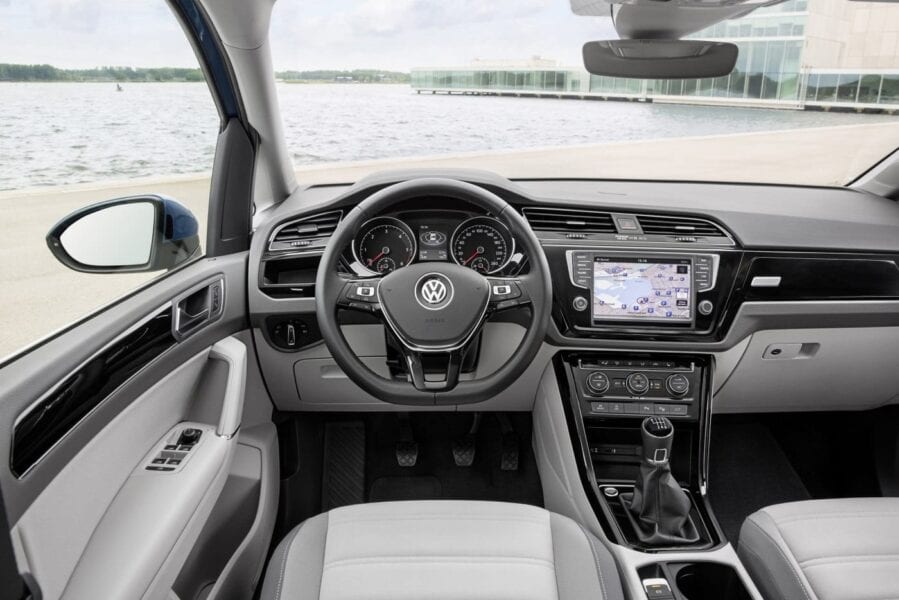
Test: Hyundai i10 1.25 DOHC Premium AMT (2020) // Real city passenger and special
Content
You know: crowds at rush hour, heat, bad mood and countless times. "Clutch, gear, clutch, gas, clutch ..." The man gets tired and tired. How could it be otherwise, but luckily there are still cars in the auto industry that are the right size and with the right technology. But this one is not always the most successful.
With the i10, Hyundai is one of those that still offers a reasonable car for urban traffic and transport in a predominantly urban environment, which, of course, I can only applaud. And I'll take a break from the fact that such cars still exist in a flood of all kinds of crossovers.... Of course, with the new generation, the car has improved both in appearance and in content and has become an even more serious competitor in its segment.
A pleasant, perhaps even more aggressive appearance gives it even more weight. and suggests that he wants to be even a little more dynamic. It also does a great job, everything is in order and to the right extent, from the front grille to the two-tone case, and I could go on and on. This is despite the fact that many people only want to have a smaller vehicle from point A to point B, and such vehicles are not even designed for long journeys and long distances.

Even for the i10, which in the new version has thoroughly ventilated this part of the market, it is a classic example of its kind. The already mentioned dynamics are supported by a powerful chassis. It can really do more than, for example, an engine combined with this gearbox. On the one hand, it is convenient, but at the same time, it is tough and reliable enough that even faster turns are not an impossible task.
I believe that when combined with a manual transmission, this is almost a car that more than flirts with a small city jumper, and it doesn't just give out its looks, but also very good driving characteristics. In addition, it is light for the driver, the steering wheel is correct, but at the same time quite rigid, which, on the one hand, allows you to easily park or drive the car carelessly, and on the other hand, to drive the car more accurately when cornering.
It is compact, e.g. 3,67 meters long, adcomfortable in both the front and rear seats... Provided, of course, that you will not load the rear passenger on a longer trip. The trunk is slightly smaller in favor of a spacious cabin, but it can be increased from a base 252 liters to a good 1000 liters, but it will be difficult to squeeze more than a few basic everyday stuff into it.

It is also slightly shallower, making loading and unloading easier, but also at the cost of a much-needed liter. In addition, the luggage shelf is not attached to the tailgate, so it must be manually lifted. Nothing dramatic, but in practice it means a little less preparedness.
Some similar flowers can be found inside. The rest of the driver's workplace is decent, transparent and generally ergonomic. Everything is somehow where it should be, the driver's gaze does not wander unnecessarily, and a big plus, of course, are comfortable seats and a solid driving position. Surprises are also better materials in the interior. – Now the i10 is far from a cheap means of transportation. It's definitely better than I expected from a driver in this segment.
However, the center screen takes a little more work. Namely, almost all the functions of the car were hidden on it; radio, for example, requires an extra touch of your finger on the screen every time you change the program. Sometimes it’s too much, but you don’t listen to one radio station while driving, do you?

The same can be said for ventilation. It was never clear to me why this is, but with most models from the Far East, it is impossible to block the airflow in the central vents.... But sometimes they came in handy. Fortunately, everything works as efficiently as possible and allows you to feel better in the passenger compartment, as long as you do not have a passenger who is constantly harassed by the wind.
Otherwise, getting in and out of the vehicle and into it is surprisingly convenient thanks to the large and wide-opening doors, which is more the exception than the rule in this segment. But even comfort in the i10 segment cannot be given up just like that.. Here I can first of all point my finger at the gearbox. If you think that the industry has realized that a robotic version of the classic gearbox is not quite the right way to go and that customers have stated their role, this can still be found in the offer. And that's for an additional 690 euros.
A robotic transmission simply cannot operate as comfortably as a classic automatic or dual-clutch transmission. I understand that this is a technically simpler solution and offers a compromise between price and comfort (and, of course, weight and size), but still ... It's cheaper, but also less comfortable. Sthe plow works with a delay in cold weatherand then the passengers' heads bob happily to the rhythm of gear changes and automatic throttle.

Even playing with the accelerator pedal doesn't help the driver much. It is true, however, that this is logical in its own way. If the vehicle is primarily used in a city where there is usually much more congestion, this gearbox takes over the clutch from the driver. But only that and nothing more. When I wanted to drive the car more decisively at a higher speed, it was difficult for the gearbox to decide what to do.... In this case, engine noise and almost neutral penetration become part of the driving dynamics.
This is a shame, since a 1,25-liter petrol engine basically can't do this. The engine has enough power, the torque is well distributed (117 Nm), but, as already mentioned, the engine shows great will, and the driver chooses the transmission. With moderate driving, the i10 can also be very economical, less than five liters of fuel per 100 kilometers is no surprise or an exception, and with slight acceleration, consumption can stabilize at around 6,5 liters.
A little, but not a record low either. Keep in mind that with a 36-liter fuel tank and a slightly heavier leg, you will often be at the gas station. But if you mainly drive the routes this machine is primarily intended for, the single-tank range will be extended to a reasonable limit.

Hyundai i10 1.25 DOHC Premium AMT (2020 .)
Basic data
| Sales: | Hyundai Auto Trade Ltd. |
|---|---|
| Test model cost: | 15.280 € |
| Base model price with discounts: | 13.490 € |
| Test model price discount: | 15.280 € |
| Power: | 61,8kW (84 KM) |
| Acceleration (0-100 km / h): | 15,8 with |
| Maximum speed: | 171 km / h |
| Mixed flow ECE: | 4,9l / 100km |
| Guarantee: | 5-year general warranty with no mileage limitation, 12-year anti-rust warranty. |
| Systematic review | 15.000 km |
Cost (up to 100.000 km or five years)
| Regular services, works, materials: | 801 XNUMX € |
|---|---|
| Fuel: | 4.900 € |
| Tires (1) | 876 € |
| Loss of value (within 5 years): | 9.789 € |
| Compulsory insurance: | 1.725 € |
| CASCO INSURANCE (+ B, K), AO, AO + | 3.755 ( |
| Calculate the cost of auto insurance | |
| Buy up | € 21.846 0,22 (km cost: XNUMX €) |
Technical information
| engine: | 4-cylinder - 4-stroke - in-line - petrol - transverse front mounted - bore and stroke 71 × 75,6 mm - displacement 1.197 cm3 - compression 11,0:1 - maximum power 61,8 kW (84 hp) .) at 6.000 rpm - average piston speed at maximum power 15,1 m / s - specific power 51,6 kW / l (70,2 hp / l) - maximum torque 118 Nm at 4.200 rpm min - 2 camshafts in the head - 4 valves per cylinder - electronic fuel injection. |
|---|---|
| Energy transfer: | engine-driven front wheels - robotic 5-speed transmission - gear ratio I. 3,545; II. 1,895 hours; III. 1,192 hours; IV. 0,853; H. 0,697 - differential 4,438 7,0 - rims 16 J × 195 - tires 45/16 R 1,75, rolling circumference XNUMX m. |
| Capacity: | top speed 171 km/h – 0-100 km/h acceleration 15,8 s – average fuel consumption (ECE) 4,8 l/100 km, CO2 emissions 111 g/km. |
| Transportation and suspension: | limousine - 5 doors, 5 seats - self-supporting body - front single suspension, spring legs, three-spoke wishbones, stabilizer - rear axle shaft, coil springs, telescopic shock absorbers, stabilizer - front disc brakes (forced cooling), rear drum, ABS, hand brake rear wheel (lever between seats) - rack and pinion steering wheel, electric power steering, 2,6 turns between extreme points. |
| Mass: | empty vehicle 935 kg - permissible total weight 1.430 kg - permissible trailer weight with brake: np, without brake: np - permissible roof load: np |
| External dimensions: | length 3.670 mm - width 1.680 mm, with mirrors 1.650 mm - height 1.480 mm - wheelbase 2.425 mm - front track 1.467 mm - rear 1.478 mm - driving radius 9,8 m |
| Inner dimensions: | longitudinal front 880-1.080 mm, rear 690-870 mm - front width 1.380 mm, rear 1.360 mm - head height front 900-980 mm, rear 930 mm - front seat length 515 mm, rear seat 450 mm - steering wheel ring diameter 365 mm - fuel tank 36 l. |
| Box: | 252-1.050 l |
Our measurements
| T = 22 ° C / p = 1.063 mbar / rel. vl. = 55% / Tires: Hankook Ventus Prime 3 195/45 R 16 / Odometer status: 11.752 km | |
| Acceleration 0-100km: | 16,0s |
|---|---|
| 402m from the city: | 19,1 years ( 114 km / h) |
| Maximum speed: | 171km / h |
| Fuel consumption according to the standard scheme: | 4,9 l / 100km |
| Braking distance at 130 km / h: | 83,3m |
| Braking distance at 100 km / h: | 43,3m |
| AM table: | 40,0m |
| Noise at 90 km / h | 62dB |
| Noise at 130 km / h | 66dB |
Overall rating (412/600)
A compact car that convinces with its looks and basic comfort, as well as the convenience of everyday use. But not without drawbacks, the biggest could be a robotic gearbox. The manual is also good, but even cheaper.
Cab and trunk (61/110)
The spacious passenger cabin has received a smaller trunk due to both the front and rear. But even its volume is still within reasonable limits for this class.
Comfort (86
/ 115)The chassis is generally comfortable, and a secure road position suffers the most from a few small details. Ergonomics are not bad, only the controls on the center screen could have been more
Transmission (47
/ 80)I cannot blame the engine for anything, it is powerful and economical. The robotic gearbox deserves a bigger disadvantage. His actions did not convince me.
Driving performance (68
/ 100)The i10 is a reliable and convenient solution for urban mobility. The driver will not have much to do with this, in fact, the chassis can do more than it is firstly credited with.
Security (90/115)
With a full complement of electronic safety devices, it is a safe vehicle, but it is also slightly more expensive. But the i10 can basically do a lot.
Economy and environment (60
/ 80)Very economical for moderate driving. However, if you want a little more from the car, you can immediately increase the flow by two liters or more.
We praise and reproach
compact and manoeuvrable
comfortable and spacious interior
playful on the road, he can do more than at first glance is credited with
a robotic gearbox "kills" the engine and anger passengers
control on the central screen also requires a few clicks
when accelerating, fuel consumption increases significantly
